Optimal Timing for Bathtub Refinishings
Bathtub refinishings are typically most effective during certain times of the year when environmental conditions support optimal curing and adhesion. Understanding the ideal timing can help ensure a durable and high-quality finish, reducing the need for rework or repairs.
Refinishing is best performed during mild weather months, avoiding extreme cold or heat which can affect drying times and finish quality.
Lower humidity periods facilitate better curing, preventing issues like bubbling or peeling.
Scheduling refinishings in spring or early fall can minimize delays caused by weather disruptions.
Indoor refinishing provides controlled conditions, making any season suitable, but outdoor work benefits from stable weather conditions.

Spring offers moderate temperatures and lower humidity, ideal for refinishing projects.
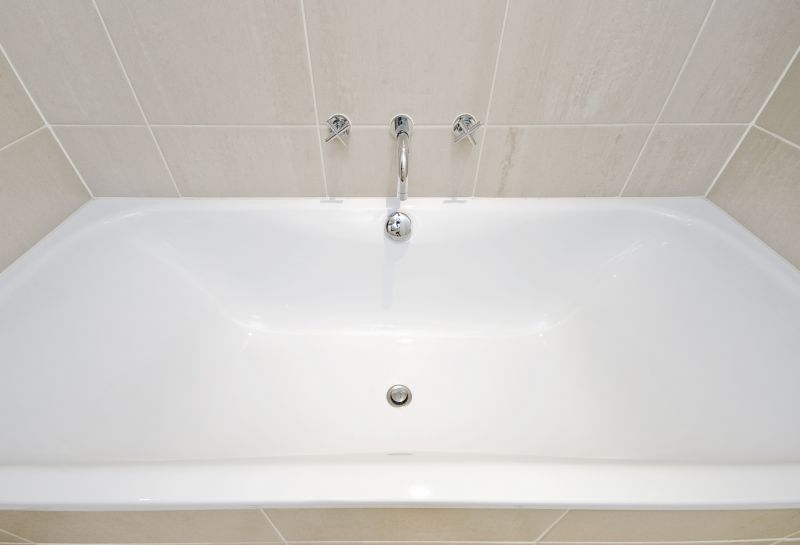
Summer can be suitable if weather conditions are stable and indoor environments are climate-controlled.
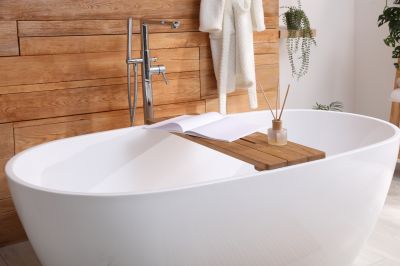
Autumn provides cooler temperatures and lower humidity, supporting quality refinishing.
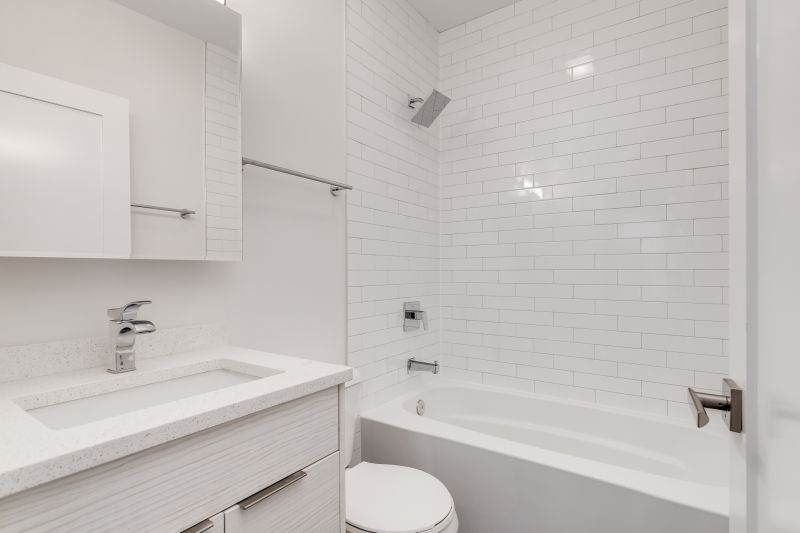
Winter may pose challenges due to cold temperatures and higher humidity, which can affect curing.

Indoor refinishing allows scheduling year-round regardless of weather.
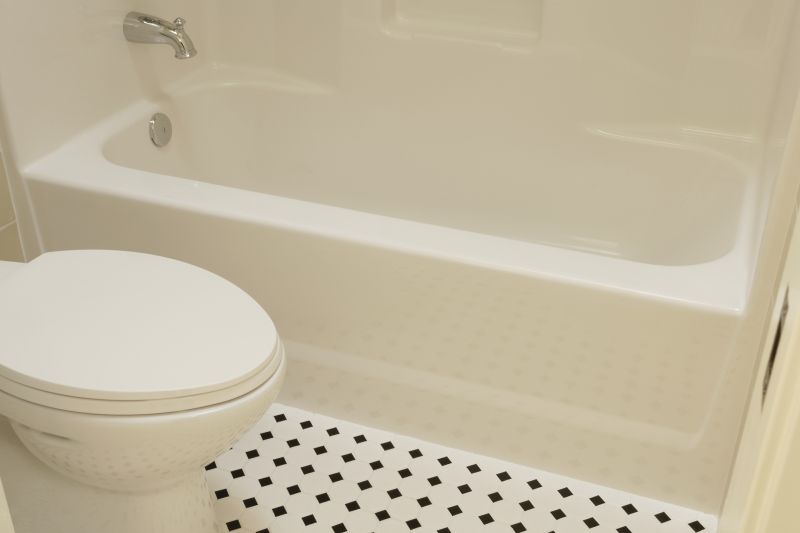
Proper drying times are critical for a durable finish, influenced by environmental conditions.

Surface preparation is essential and should be scheduled when environmental conditions are optimal.
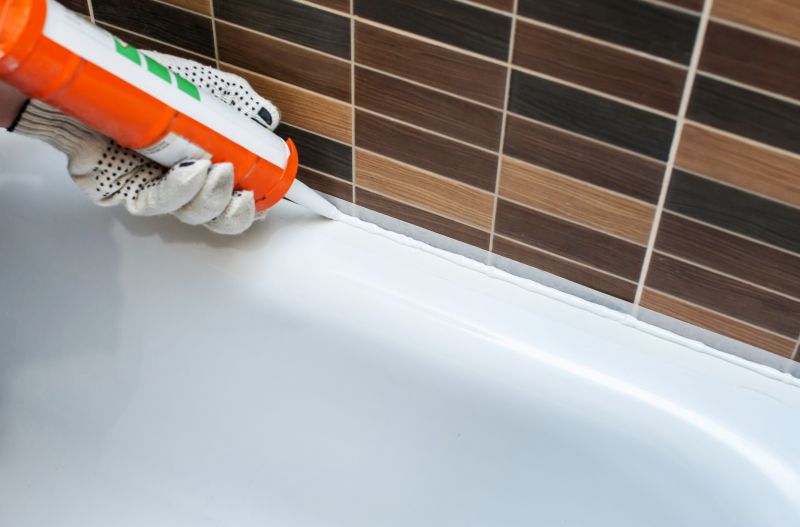
Allow adequate curing time before use to ensure longevity of the finish.
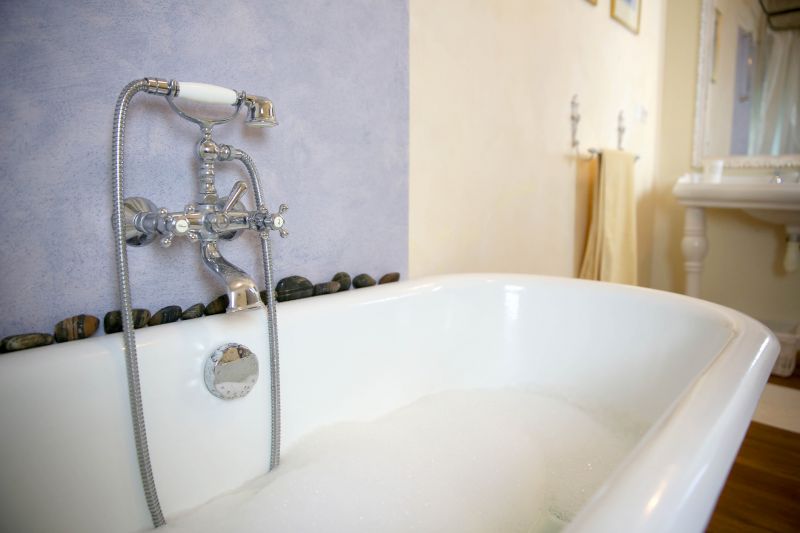
Consultation with professionals can help determine the best timing based on local climate conditions.
| Season | Advantages |
|---|---|
| Spring | Moderate temperatures and low humidity support optimal curing. |
| Summer | Stable weather conditions if indoors or with proper ventilation. |
| Autumn | Cooler temperatures and low humidity favor durability. |
| Winter | Challenging due to cold and high humidity; less ideal. |
Bathtub refinishing is a cost-effective alternative to replacement, offering a refreshed appearance and improved surface durability. The process involves cleaning, repairing, and applying a new coating to restore the tub's surface. It is a popular choice for homeowners seeking to extend the lifespan of their fixtures without extensive renovations. According to industry statistics, properly applied refinishing can last between 8 to 15 years with appropriate care. The success of a refinishing project depends heavily on environmental conditions during application and curing phases, emphasizing the importance of timing.

A smooth, glossy surface indicating a successful refinishing process.
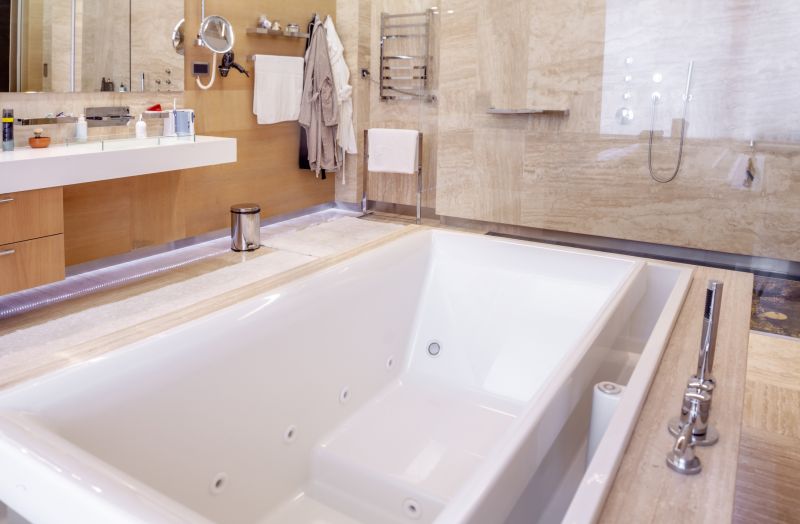
Transformation showcasing the difference a refinishing can make.
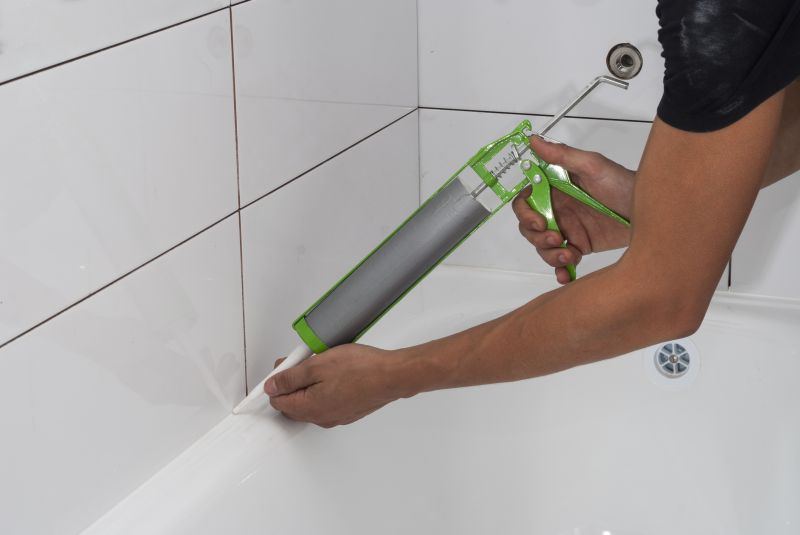
Tools and materials used in professional bathtub refinishing.
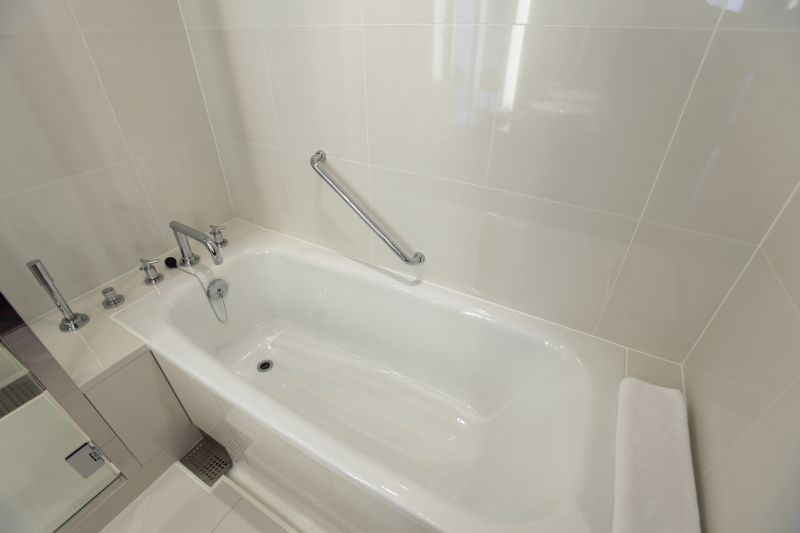
A modern, polished look after the refinishing process.
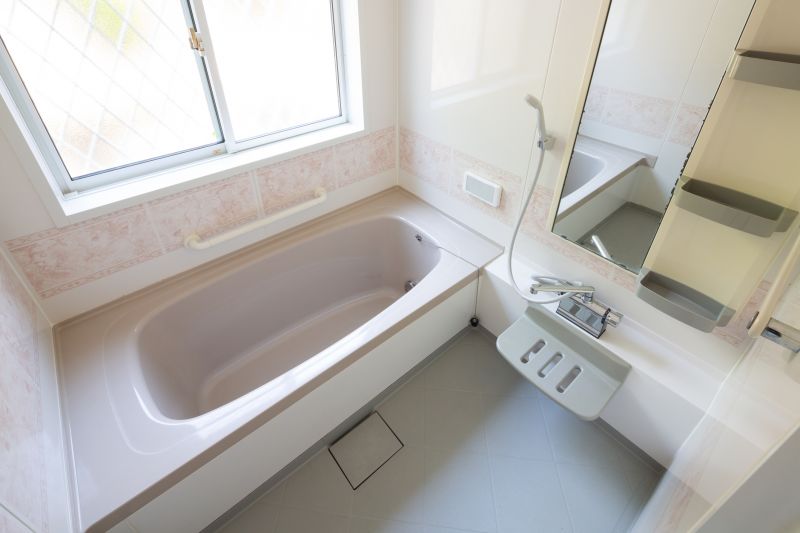
Ways to make Bathtub Refinishings work in tight or awkward layouts.
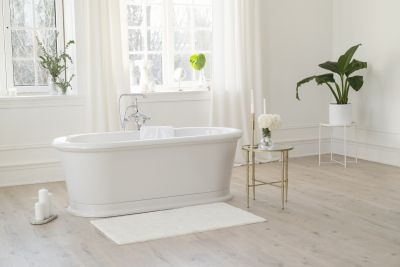
Popular materials for Bathtub Refinishings and why they hold up over time.
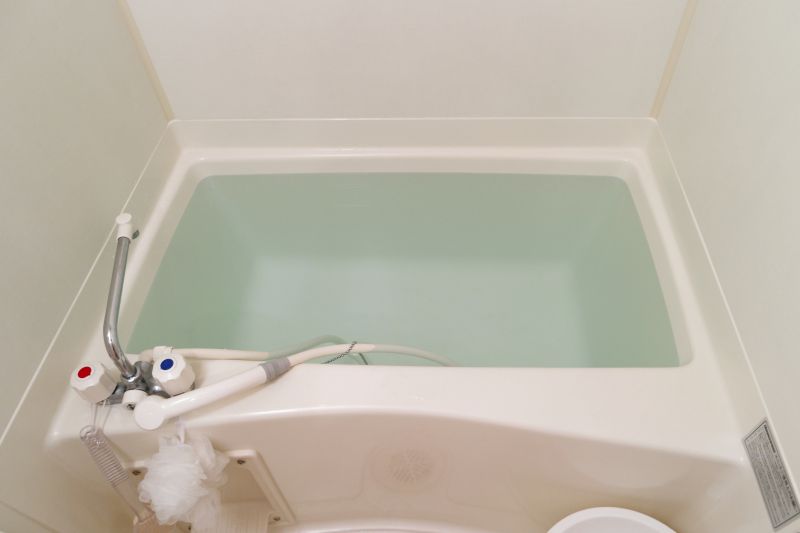
Simple add-ons that improve Bathtub Refinishings without blowing the budget.
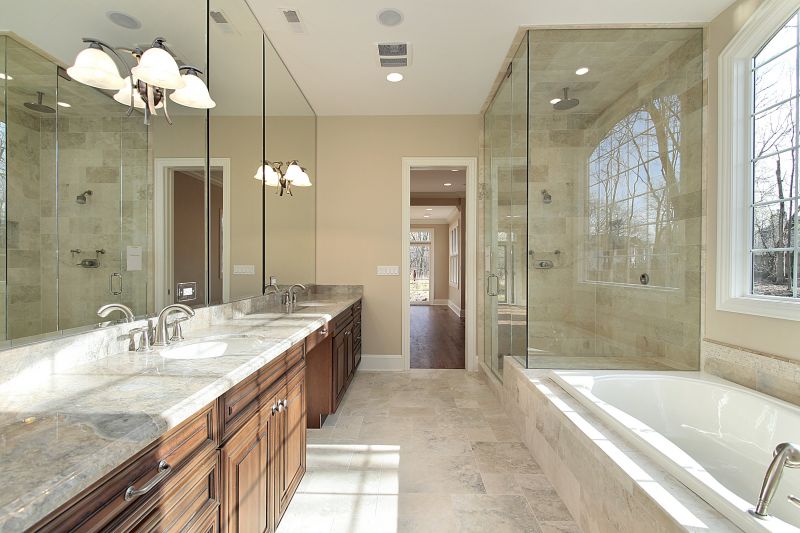
High-end options that actually feel worth it for Bathtub Refinishings.
Interested individuals are encouraged to contact for more information about scheduling a bathtub refinishing. Proper timing and preparation can significantly impact the longevity and appearance of the finished surface, making professional guidance valuable for optimal results.

